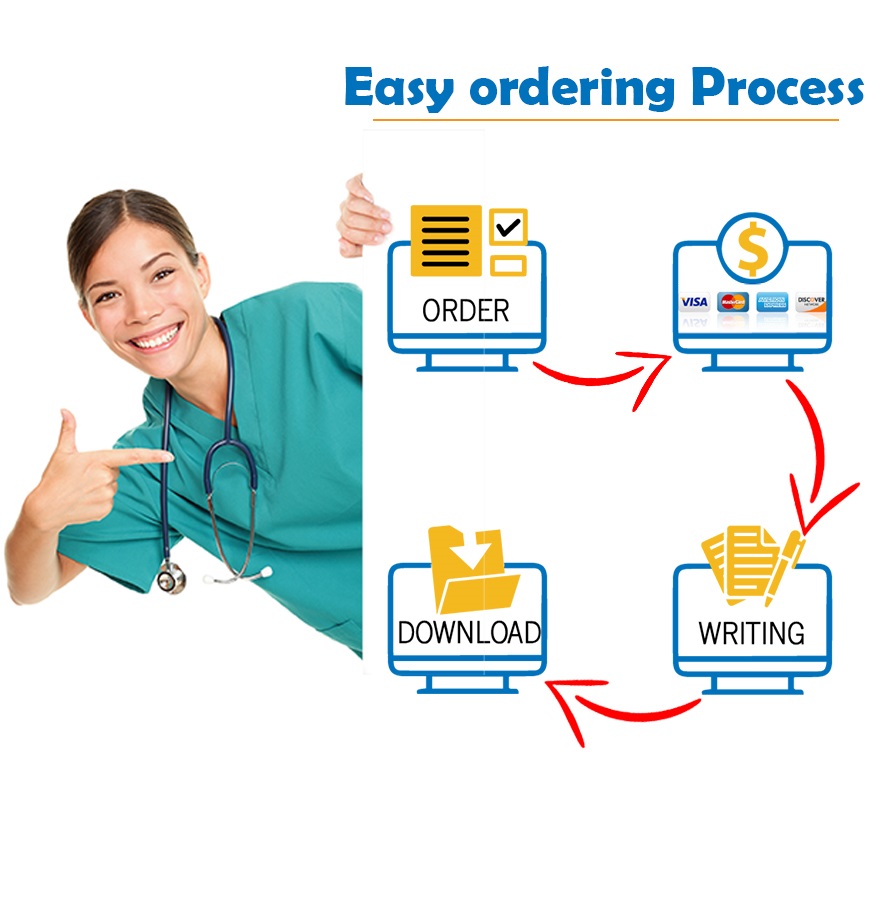CONDUCTING A MENTAL STATUS EXAM
The Mental Status Exam is the basis for understanding the client’s presentation and beginning to conceptualize their current functioning into a diagnosis. At first, this might seem overwhelming and time consuming, but it is not difficult to do. It can generally be done in a few minutes as the vast majority of this information is obtained through your careful observations of the client during the intake interview. This is why developing your observation skills is important.
APPEARANCE
· Presenting Appearance, including sex, chronological and apparent age, ethnicity, apparent height and weight (average, stocky, healthy, petite), any physical deformities (hearing impaired, injured and bandaged right hand)
· Basic Grooming and Hygiene, dress and whether it was appropriate attire for the weather, for a doctor’s interview, accessories like glasses or a cane
· Gait and Motor Coordination (awkward, staggering, shuffling, rigid, trembling with intentional movement or at rest), posture (slouched, erect), work speed, any noteworthy mannerisms or gestures
MANNER & APPROACH
· Interpersonal Characteristics and Approach to Evaluation (oppositional/resistant, submissive, defensive, open and friendly, candid and cooperative, shows subdued mistrust and hostility, excessive shyness)
· Behavioral Approach (distant, indifferent, unconcerned, evasive, negative, irritable, depressive, anxious, sullen, angry, assaultive, exhibitionistic, seductive, frightened, alert, agitated, lethargic, needed minor/considerable reinforcement and soothing)
· Speech (normal rate and volume, pressured, slow, accent, enunciation quality, loud, quiet, impoverished)
· Eye Contact (makes, avoids, seems hesitant to make eye contact)
· Expressive Language (no problems expressing self, circumstantial and tangential responses, anomia, difficulties finding words, misuse of words in a low-vocabulary-skills way, misuse of words in a bizarre-thinking-processes way, echolalia or perseveration, mumbling)
· Note if English is not the primary language here and comment on their command of the language
· Receptive Language (normal, able to comprehend questions, difficulty understanding questions)
· Recall and Memory (could explain recent and past events in their personal history, recalls three words (e.g., Cadillac, zebra, and purple) immediately after two rehearsals, and then again five minutes later (five minutes is how long it takes for information to move from short-term to long term memory). If they cannot, you can prompt them (e.g., “Was the first one a kind of tree, color, or car? A car, OK was it a Camaro, Continental, or Cadillac?”)
ORIENTATION, ALERTNESS, & THOUGHT PROCESSES
· Orientation (person, place, time, presidents, your name)
· Alertness (sleepy, alert, tired for working late, dull and uninterested, highly distractible)
· Coherence (responses were coherent and easy to understand, simplistic and concrete, lacking in necessary detail, overly detailed and difficult to follow)
· Concentration and Attention (based on Digit Span and attention to your questions, serial 7’s or 3’s (count backwards from 100 to 50 by 7’s or 3’s), naming the days of the week or months of the year in reverse order, spelling their last name, or the ABC’s backwards)
· Thought Processes (could/could not recall the plot of a favorite movie or book logically, difficult to understand line of reasoning, showed loose associations, confabulations, flight of ideas, ideas of reference, illogical thinking, grandiosity, magical thinking, obsessions, perseveration, delusions, reports of experiences of depersonalization)
· Hallucinations and Delusions (presence, absence, denied visual but admitted olfactory and auditory, denied but showed signs of them during testing, denied except for times associated with the use of substances, denied while taking medications)
· Judgment and Insight (based on explanations of what they did, what happened, and if they expected the outcome, good, poor, fair, strong)
· Intellectual Ability (roughly average, above average, or below average based on answers to questions like “name last four presidents” or “who is the governor of the state?” or “what is the capitol of the state?” or “what direction does the sun set?,” etc…)
· Abstraction Skills that are based on proverbs and sayings (“What do people mean when they say…”), similarities (“How are a ______ and a ______ alike? Different?”), and giving both definitions for word (“What are two different meanings for ‘right,’ ‘bit,’ and ‘left?’”)
MOOD & AFFECT
· Mood or how they feel most days (happy, sad, despondent, melancholic, euphoric, elevated, depressed, irritable, anxious, angry)
· Affect or how they felt at a given moment (comments can include range of emotions like broad, restricted, blunted, flat, inappropriate, labile, consistent with the content of the conversation and facial expressions, pessimistic, optimistic) as well as inappropriate signs (began dancing in the office, verbally threatened examiner, cried while discussing a happy event and cannot explain why) or consider the weather, which varies slightly from day to day
· Rapport (easy to establish, initially difficult but easier over time, difficult to establish, tenuous, easily upset)
· Facial and Emotional Expressions (relaxed, tense, smiled, laughed, became insulting, yelled, happy, sad, alert, day-dreamy, angry, smiling, distrustful/suspicious, tearful when discussing such and such)
· Suicidal and Homicidal Ideation (ideation but no plan or intent, clear/unclear plan but no intent, ideation coupled with clear plan and intent to carry it out)
· Risk for Violence (fair, low, high, uncertain, effected by substance use)
· Response to Failure on Test Items (unaware, frustrated, anxious, obsessed, unaffected)
· Impulsivity (low medium, high, effected by substance use)
· Anxiety (note level of anxiety, any behaviors that indicated anxiety, ways they handled it)
· Defense Mechanisms observed
Looking for a Similar Assignment? Order now and Get 10% Discount! Use Coupon Code “Newclient”



